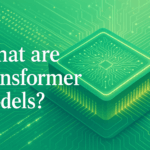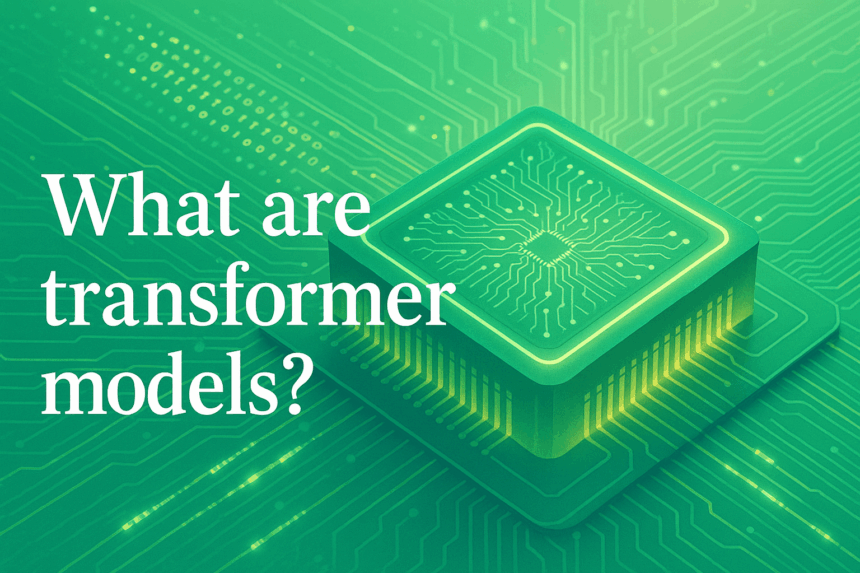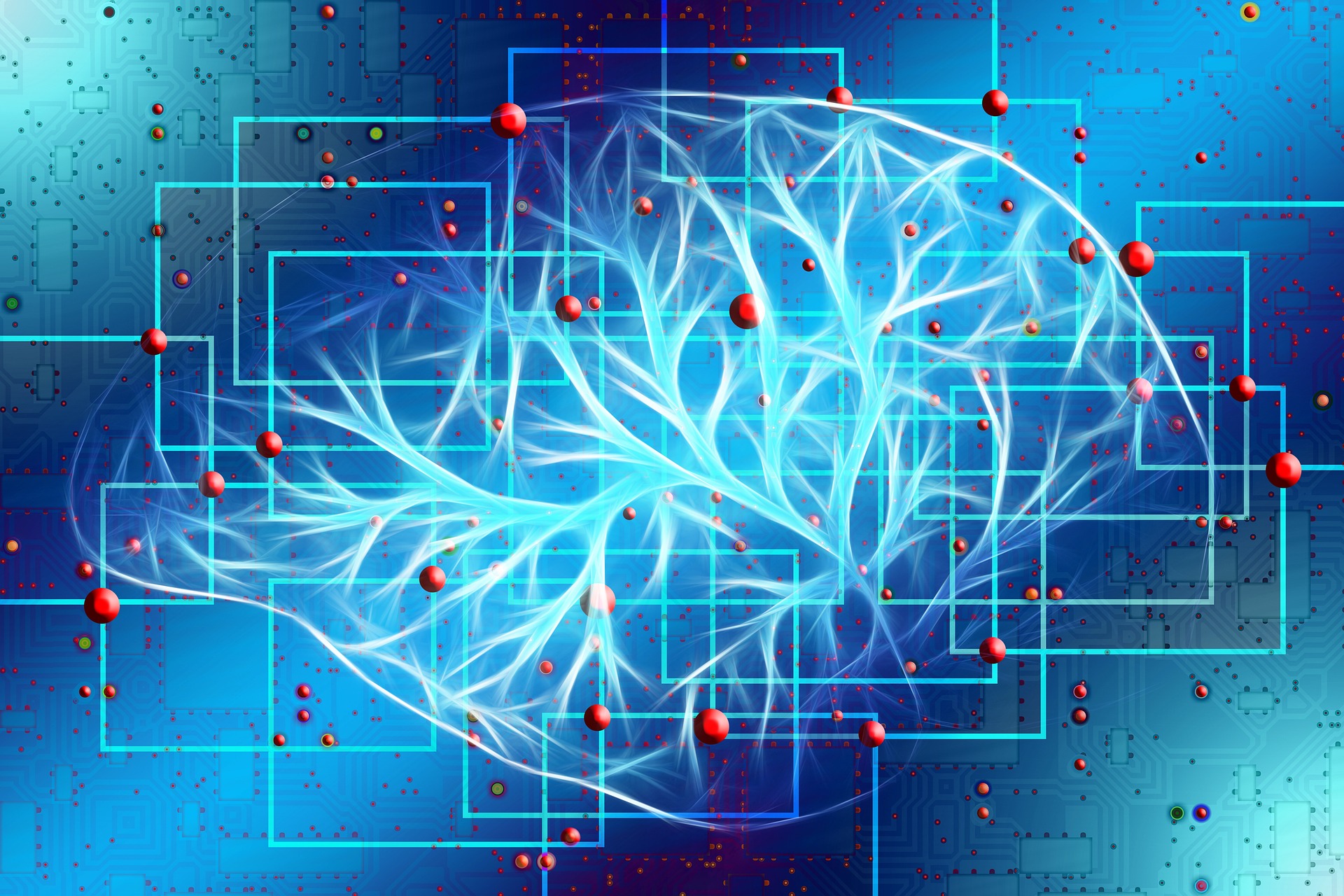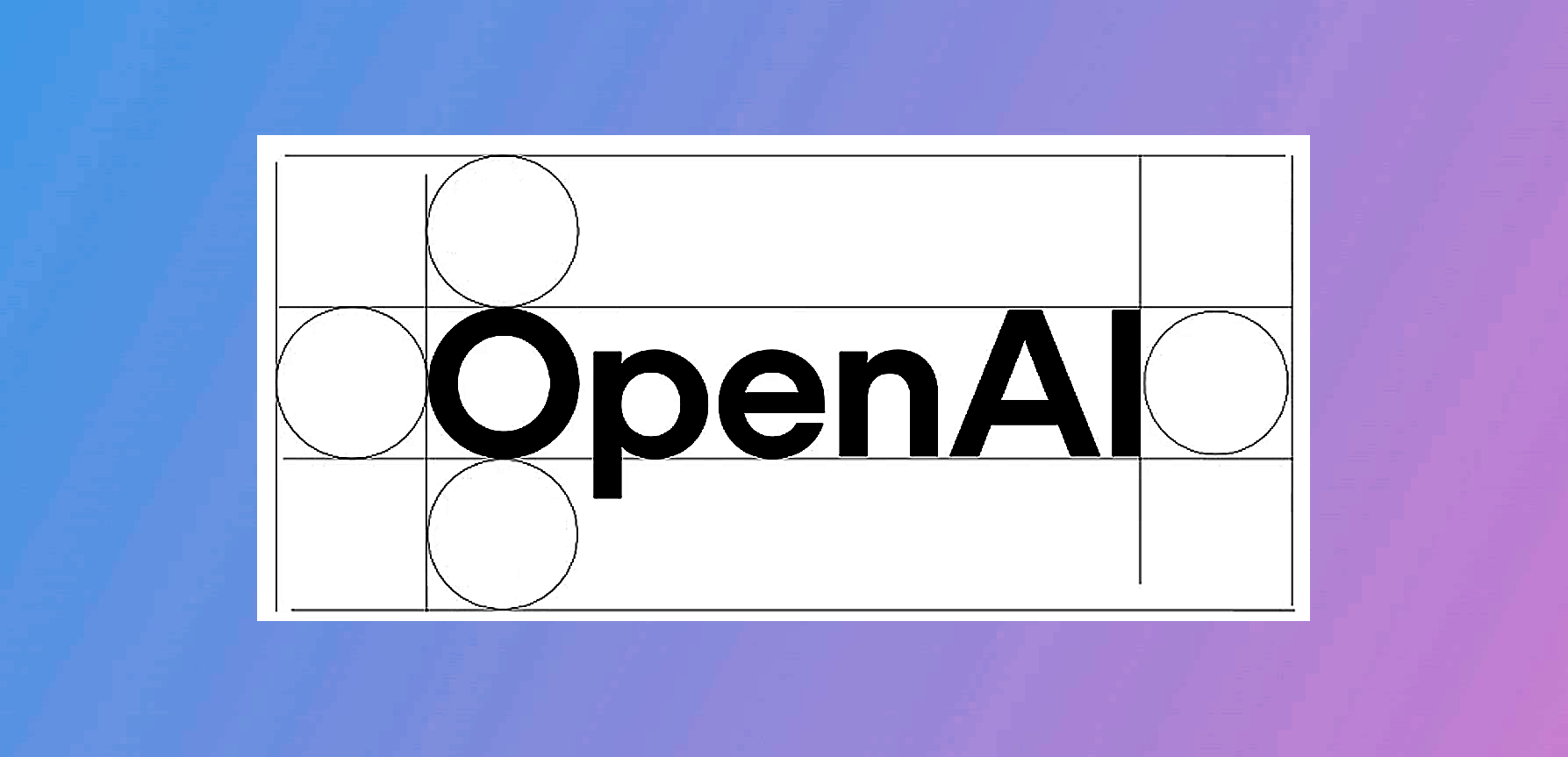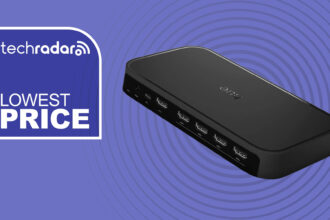Revolutionary strides in artificial intelligence began with the debut of Transformers, a neural network framework crafted by the innovative minds at Google’s DeepMind.
Unveiled to the world in 2017 through a pivotal research document titled ‘Attention is All You Need,’ this breakthrough fundamentally altered the trajectory of AI technology.
This influential paper is often viewed as a watershed moment in the field of AI, establishing the foundation for nearly all modern artificial intelligence systems.
Through this innovative technology, researchers acquired an effective way to translate text into tokens, enabling neural networks to process data and produce results at remarkable speeds.
This significant development was instrumental in positioning AI as a viable solution across various applications.
A remarkable shift in AI
The power of this technology lay in its capacity to process instructions in parallel, thus expediting tasks considerably compared to earlier models.
In the past, recurrent neural networks (RNNs) operated sequentially, leading to inefficiencies when handling lengthy data sequences.
The revolutionary transformer architecture, initially designed to enhance machine translation within Google’s search functions, significantly improved processing speed and expanded a neural network’s ability to understand extensive data contexts.
Today, transformers form the backbone of nearly all advanced AI systems, with the generative pre-trained transformer (GPT) serving as a leading example that powers platforms like OpenAI’s ChatGPT and its counterparts.
These generative models are utilized globally for a range of applications, from producing art and music to efficiently analyzing intricate medical data.
The emergence of transformers has truly transformed the landscape of artificial intelligence.
Understanding how transformers operate
The foundational transformer model comprises three essential parts: the encoder, the decoder, and the attention mechanism.
In this setup, the encoder translates input data into a sequence of tokens, which the decoder then utilizes to generate output.
A pivotal feature of this architecture is the attention mechanism, which enables the model to dynamically evaluate the relevance of different elements of the input data, ensuring that only pertinent information is emphasized during processing. This bolsters overall effectiveness and mitigates information loss.
Furthermore, transformers have expanded the adaptability of AI systems, allowing them to handle a broader array of input types and produce varied outputs.
Prior to the advent of the GPT architecture, prevailing neural networks demanded vast quantities of labeled data for supervised learning, complicating and prolonging the training process.
The OpenAI influence
OpenAI’s introduction of a semi-supervised learning framework for its GPT models enabled a two-phase training approach, commencing with unsupervised pre-training followed by focused fine-tuning.
This method significantly improved the efficiency of model training, elevating both the effectiveness and practical usage of the resulting AI systems.
At present, transformer models have transcended their initial focus on language processing, branching into domains such as robotics, multi-modal AI integration, and high-computation tasks like video generation.
These transformer frameworks have become essential in various aspects of daily life and business around the world.
Nevertheless, the broad adoption of these systems introduces a significant challenge: they require substantial computational power and energy resources.
Consequently, researchers are now investigating ways to optimize these technologies to ease this strain. Their success in this endeavor will be crucial for the sustained integration of AI tools on a global scale.








